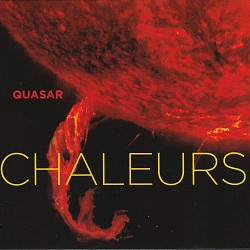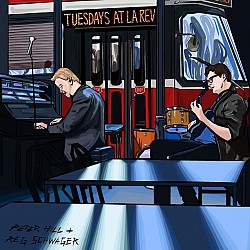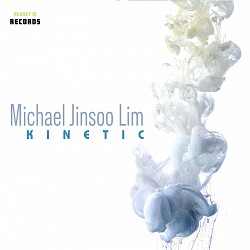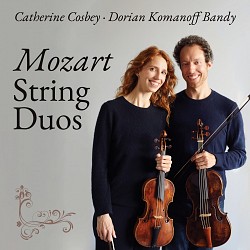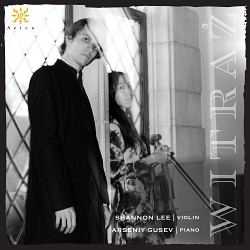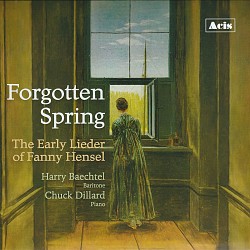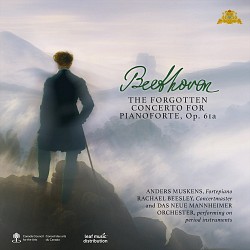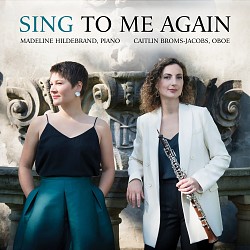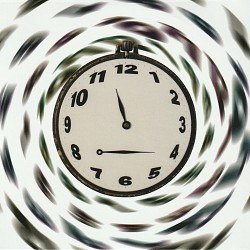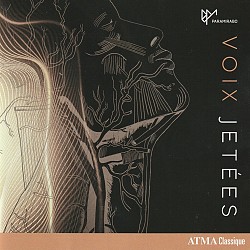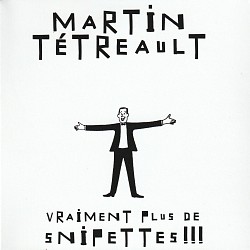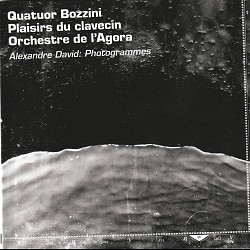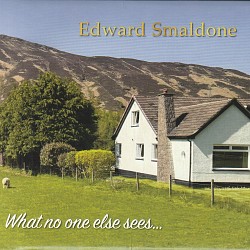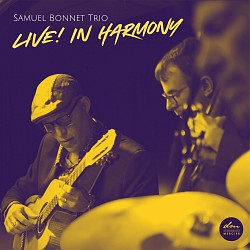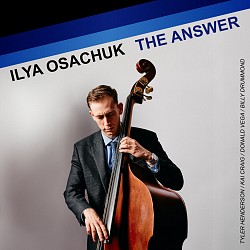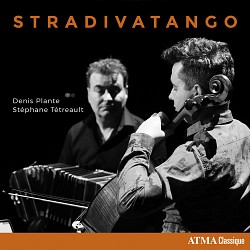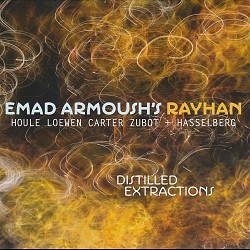Witraż - Shannon Lee; Arseniy Gusev
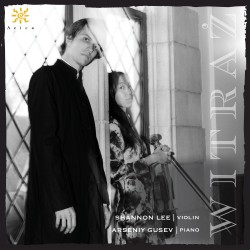 Witraż
Witraż
Shannon Lee; Arseniy Gusev
Azica ACD-71373 (shannonleeviolin.com/projects/witraz)
Listen
Impromptu, H. 166: I. Poco allegro - Listen on Spotify
Cradle Song - Listen on Spotify
Duo concertant, K054: I. Cantilène - Listen on Spotify
Read the Review
Described as a poignant tribute to resilience and artistic reassembly, the new CD Witraż - the Polish word for Stained-Glass Window – references the shattered windows of Winchester Cathedral during the English Civil War and the rearranging of the shards into mosaics by the local people, comparing it to the way beliefs and values were shattered in Eastern Europe between the two World Wars. Shannon Lee is the excellent violinist and pianist Arseniy Gusev her equal partner (Azica ACD-71373 shannonleeviolin.com/projects/witraz).
Szymanowski’s shimmeringly beautiful Mythes – La fontaine d’Arethuse (actually from 1915) opens a recital of the highest quality, book-ended by the two major works, Bartók’s Violin Sonata No.1 from 1922 (with a really terrific Allegro finale) and Stravinsky’s 1932 Duo Concertante. In between are several short works: Gusev’s arrangement of Come di lontananza, No.5 of the 1925 piano solo Reflections Op.16 by Ukrainian composer Boris Lyatoshynsky (1895-1968); Bohuslav Martinů’s 1927 Impromptu H.116 and two items by Grażyna Bacewicz, her Kolysanka (Cradle Song) and the CD’s 1932 title track.
I’m not sure if the works always fit with the purported inspiration for the CD, but there’s no doubting the standard of the playing.

